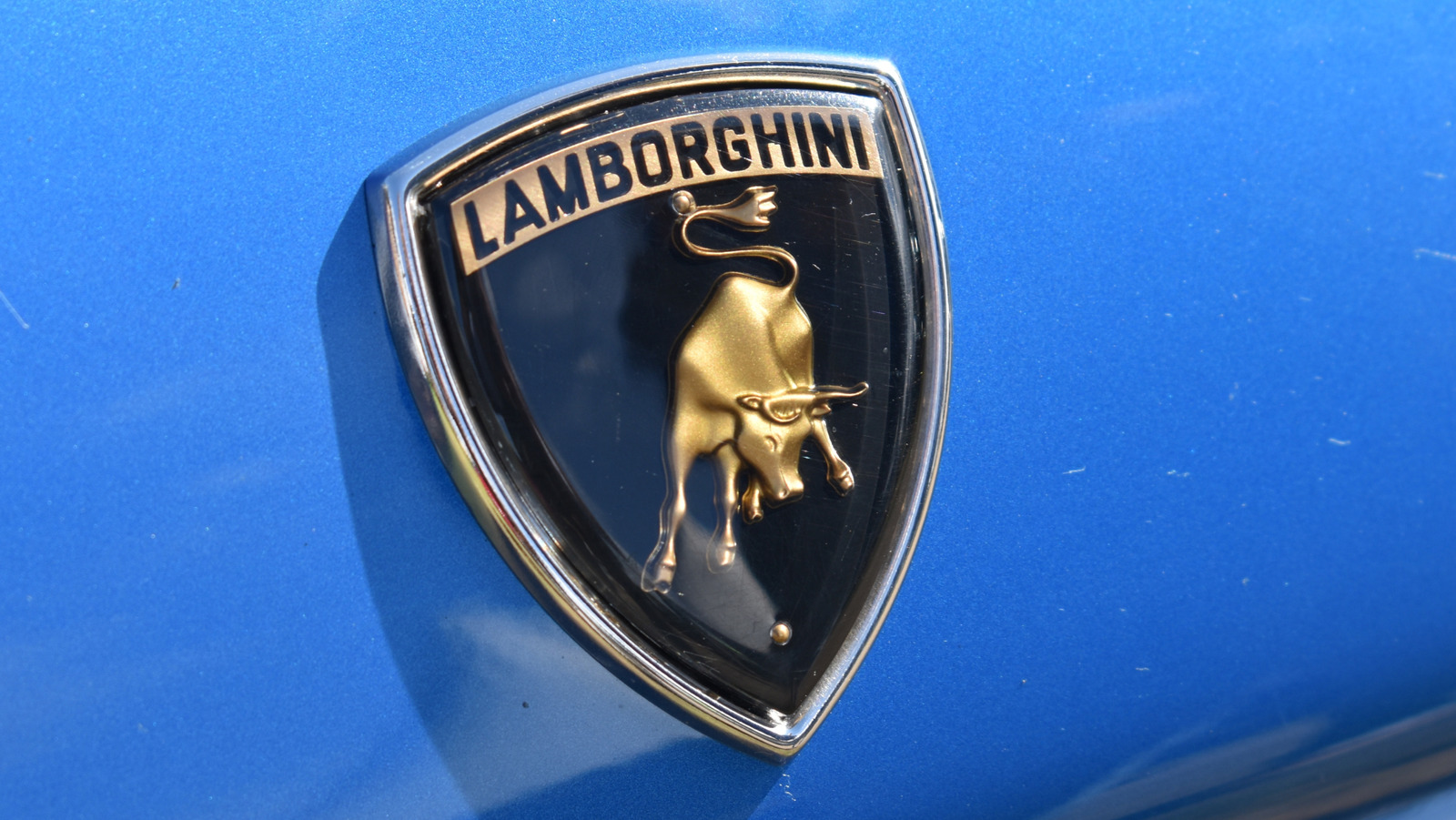There are many aspects of a car that automakers put a lot of thought into. For instance, it’s clear that a lot of time, money, and other resources have been poured into the development of electric powertrains in recent years, as well as the creation of family-friendly SUV models.
At one point, though, all of our favorite automakers were new start-ups, and the tallest order of their day was to come up with a sharp new logo. Some are self-explanatory. The Ford logo, for example, simply shows the founder’s surname in a smart and flowing font (although it’s not his signature, contrary to popular belief).
Other automotive logos, however, were developed with hidden meanings. These hidden meanings aren’t necessarily important, nor are they likely to sway you from one brand to another. But if you’ve ever wondered why the Audi logo has four rings or why old Cadillac emblems had ducks on them, keep reading as we decipher the meanings behind those and more.
### Cadillac: A Logo Rooted in Heritage
We could spend all day deciphering Cadillac’s shield logo. It has been constantly updated and tweaked over the last century or so, with different features being added, removed, and replaced. Almost every aspect introduced in those iterations has a hidden meaning.
Instead of an entire history lesson, let’s revisit the original shield logo and why it was designed the way it was. The famous automaker’s logo first appeared in the early 1900s when the company was born in Detroit. Despite sitting proudly on the hoods of all-American motor cars, it actually takes much of its inspiration from a French coat of arms.
Specifically, it’s the coat of arms of Detroit’s founder, Antoine de la Mothe, Sieur de Cadillac—“Sieur de Cadillac” translating directly to “Lord of Cadillac.”
The original shield featured a crown, a crest, a number of mythical birds called merlettes, a chain of petals, and the words “LA MOTHE CADILLAC.” It looks quite different from the Cadillac logo we know today, largely because the merlettes are gone in the new version.
Over time, the logo has been updated slowly, with very few dramatic changes.
As for hidden meanings, the mythical merlettes—believed to always be in flight—represent the company’s drive to keep reaching for greater heights. The various colors chosen carry important values: blue symbolizes knightly valor, while silver stands for purity and charity. The shield itself is linked to nobility.
With Cadillac’s logo, the deeper you dig, the more hidden meanings you can find.
### Audi: The Four Rings of Unity
The four-ringed Audi logo is thankfully a bit easier to decipher thanks to a clear and concise story. Each ring represents one of the four German brands that merged to form Auto Union AG back in 1932.
Those four automakers were Audi, DKW, Horch, and Wanderer. Their alliance allowed the resulting brand to become a masterful group of industry leaders.
Interestingly, each ring also represents something unique to the brand it is linked to:
– Audi’s ring embodies progress and innovation.
– DKW’s ring stands for ingenuity.
– Wanderer’s ring represents the spirit of exploration.
– Horch’s ring signifies luxury.
Together, they emphasize the multi-dimensional approach of Auto Union AG—or Audi, as the automaker is now known.
The emblem has been tweaked over the years, culminating in the flat and minimalistic logo we see on new models today. Despite appearing as just four circles linked together, it holds a surprising amount of history within Audi’s simplistic yet effective emblem.
### Hyundai: More Than Just an H
You might think the Hyundai logo is simply the letter “H” inside an oval—perhaps resembling a wobbly Honda emblem—but it actually has a deeper meaning.
The Hyundai logo depicts two people shaking hands. According to Hyundai, one of the figures represents a company representative, and the other symbolizes a satisfied customer. This handshake embodies the happy relationship between producer and consumer—a pleasant image to build a company around.
Interestingly, the word “Hyundai” itself means “modern” in Korean.
While Hyundai didn’t always lead the way in excellence and innovation—its early releases targeted the lower-end market with an emphasis on affordability and simplicity—it has made impressive strides in recent years. Thanks to a lineup of highly rated, feature-rich electric vehicles and great value propositions, Hyundai has found great success in the US marketplace.
### Lamborghini: The Raging Bull
The raging bull adorning every Lamborghini model is perhaps one of the most instantly recognizable automotive logos out there, especially among car enthusiasts.
This iconic bull didn’t arrive until 1963, when founder Ferruccio Lamborghini decided to produce cars to rival those of Enzo Ferrari.
The reasoning behind the bull is simple. Ferruccio’s zodiac sign was Taurus—a bull—and that was reason enough for him to place the animal on every performance GT and supercar he developed.
The bull is depicted in a fighting stance, which Ferruccio felt best portrayed his own character.
Legend has it that Ferruccio was frustrated by a constantly failing clutch in his Ferrari. When he complained to Enzo Ferrari, he was dismissed as a mere tractor driver who didn’t know how to handle a Ferrari. This spurred Ferruccio to create his own company, aiming to surpass Enzo’s work.
Given this background, the Lamborghini logo is a fitting self-assessment of its creator.
### Toyota: Three Ovals with Meaning
The Toyota logo we know today was introduced in 1989 to celebrate 50 years in business. Reportedly, it took five years for the design team to finalize the emblem, which features three interlocking ovals.
While simple in appearance, there’s symbolism behind each element:
– The two inner ovals represent the relationship between consumer and company. Their overlap shows that both parties benefit from this union.
– The larger oval encompassing them symbolizes the world embracing Toyota.
– The two inner ovals also form a subtle “T” for Toyota.
Common for modern automotive logos, Toyota’s emblem is horizontally symmetrical, meaning it looks the same whether viewed head-on or in a rearview mirror.
Throughout its history, Toyota used various logos and wordmarks, with red and white as the brand’s key colors since its very first emblem in 1935. Before 1989, the automaker primarily relied on different scripts and typefaces that simply spelled out “Toyota.”
—
Automotive logos often carry more meaning than meets the eye. Whether rooted in heritage, symbolizing unity, or depicting the company’s values, these emblems help tell the fascinating stories behind the brands we know and love.
https://www.jalopnik.com/2023638/car-brand-logos-hidden-meanings/


